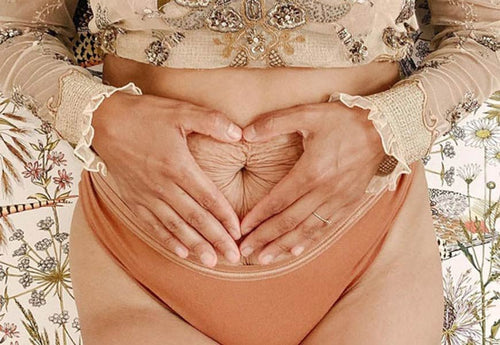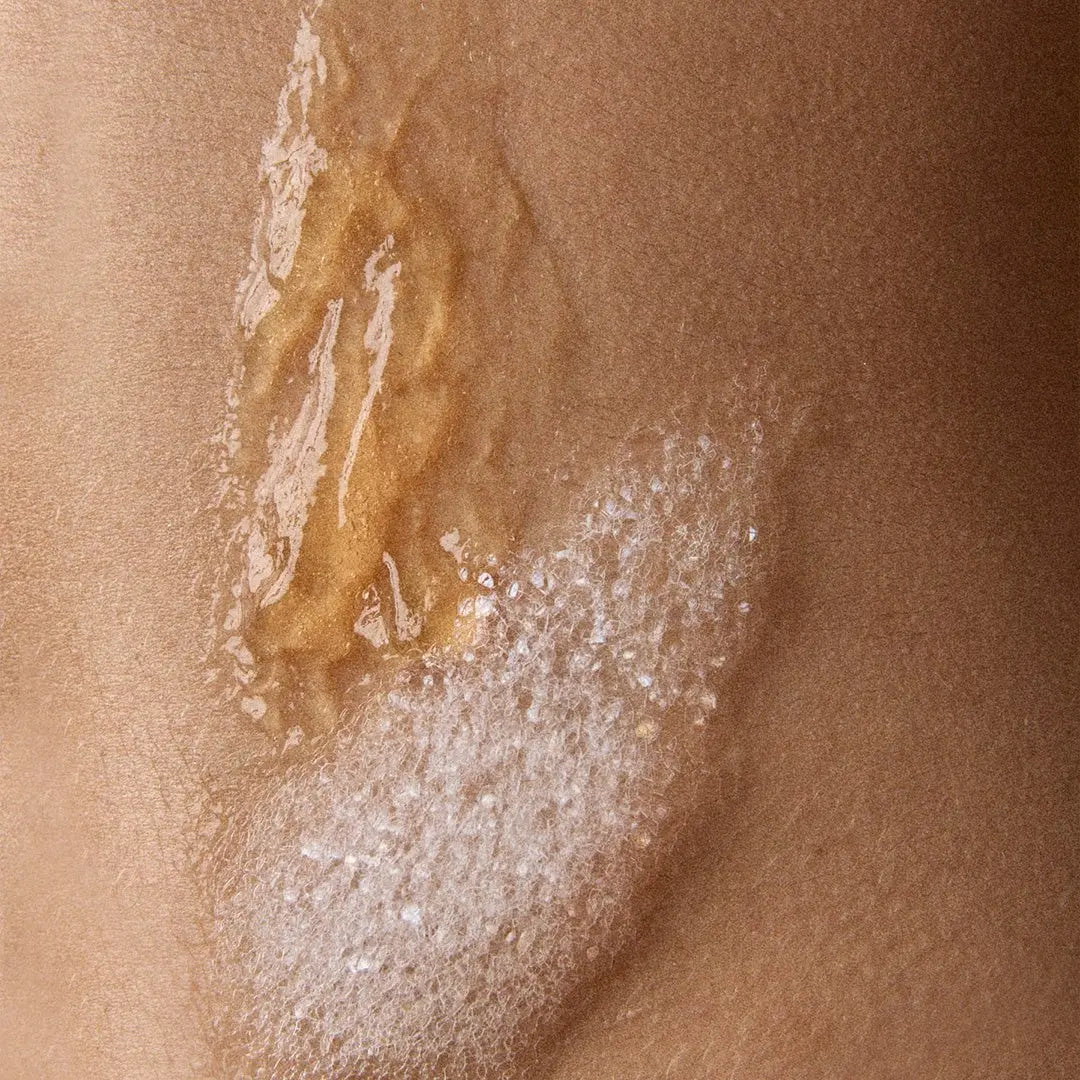Daylily Paris is a brand of clean, sensorial and effective skincare products, made in France and 100% compatible with pregnancy and breastfeeding. We're also committed to sharing quality information for an enlightened and relaxed maternity. 🧡


- Regular price
-
28,90 € - Regular price
-
- Sale price
-
28,90 €


- Regular price
-
27,90 € - Regular price
-
- Sale price
-
27,90 €


- Regular price
-
9,90 € - Regular price
-
- Sale price
-
9,90 €
- What is rectus diastasis?
- How to avoid rectus diastasis during pregnancy?
- What are the consequences of rectus diastasis?
- How to recognize rectus diastasis?
- Diastasis after pregnancy: what solutions?
What is rectus diastasis?
To better understand how diastasis recti appears, let's return to our anatomy lessons. The rectus major are part of the muscles of the abdomen : they are so-called superficial vertical muscles, which originate at the level of the pubis and which go up to the anterior part of the thorax. They are positioned on either side of the white line, this median line which separates the left and right sides of the abs. These muscle groups are involved in flexion and rotation of the trunk and play an important role in maintaining the pelvis. They are also the ones who, well muscled, give your stomach the “chocolate bar” effect!
During pregnancy, this area is heavily used and undergoes major transformations. Your belly is growing visibly and your body secretes more relaxin, this hormone which softens the tissues (ligaments, muscles, cartilage, cervix, etc.) in order to prepare your body for childbirth and facilitate birth. of baby vaginally. In some cases, the abdominal muscles may be pulled too far away from the linea alba. This abdominal separation is called diastasis recti, or diastasis recti in the jargon. It appears at the end of pregnancy, and can go completely unnoticed at this stage. After childbirth, diastasis can resolve on its own or become more or less marked. It can be completely painless or cause various pains in the back or pelvis.
How to avoid rectus diastasis during pregnancy?
Some pregnant women are more likely than others to experience diastasis. Risk factors include being overweight, poor physical condition, previous fractures of the pelvis, vertebrae or abdominal surgery before pregnancy, which may have weakened this area. Women who are expecting twins, a large baby or who have already had several pregnancies are also at greater risk, as are those who are over 35 or who give birth by cesarean section.
Perhaps you are wondering how to prevent diastasis during pregnancy? Know that there is no miracle recipe, but that you will put all the chances on your side to keep the diastasis of the rectus abdominis away by limiting weight gain and practicing gentle sport – always with the approval from your gynecologist. During your sports sessions, avoid all movements that increase intra-abdominal pressure, such as sit-ups (“crunch” type), plank exercise, leg raises while lying down, or certain yoga postures that stretch the abs too much in pregnant women.
On a daily basis, also remember to adopt a good posture, very straight so as not to increase the pressure on your rounded stomach, and not to carry heavy loads.

What are the consequences of rectus diastasis?
A rectus diastasis can be bothersome on a daily basis.
In the most serious cases, a herniated disc or pelvic floor dysfunctions (incontinence, prolapse, etc.) can result from diastasis. Because the muscles involved play a role in supporting the pelvis, you may experience back pain or feel pain when performing certain movements, such as rotating.
We also note changes on an aesthetic level, since most of the time, this separation of the abdominal muscles is clearly visible, particularly around the navel and can be a source of complexes.
How to recognize rectus diastasis?
A very simple exercise to do at home: lie on your back, with your knees bent, place one hand on your stomach and slowly straighten your head and shoulders, as if doing abs. Do you feel a significant gap (greater than the thickness of two fingers) in the midline of the abdomen? It may be a diastasis. Talk to a healthcare professional who can confirm this diagnosis and tell you how to correct this gap – in particular by strengthening the transverse muscle and the abdominal and pelvic muscle groups.
Diastasis after pregnancy: what solutions?

Muscle strengthening of the pelvic floor and abdominals is recommended to correct diastasis. Your midwife or physiotherapist will be able to tell you which exercises to perform to effectively strengthen all the muscles damaged by pregnancy: the rectus abdominis, but also the transverse abdominis muscle, the obliques and the perineum . Be careful, even if you are in a hurry to get your stomach back, it is better to wait to start perineal rehabilitation and resume any postpartum physical activity. 6 to 8 weeks after a vaginal birth, and a little more for a cesarean birth, is the minimum!
In cases of the most marked diastases, contraction and breathing exercises may not be sufficient to correct the abdominal separation. In this case, treatment with surgical intervention may be offered to you to tighten the muscles towards the white line and relieve you of all the inconveniences of diastasis.
Photo source: physiosa.ca












